The mineral magnesium doesn’t enjoy the rock (geddit?!?) star status of, say, calcium and potassium, but it’s no less essential. In fact, the nutrient is a contributor in literally hundreds of processes that ensure healthy human function.
Read on for the benefits of this multifarious mineral, and how you can increase your intake of foods high in magnesium.
What Is Magnesium?
Magnesium is a mineral deemed “essential,” meaning it’s necessary for normal function but isn’t produced by the body. As a result, it has to be obtained through food.
A player in more than 300 biochemical reactions, magnesium also functions as an electrolyte, which is a mineral in bodily fluids (e.g., blood) that carries an electric charge. (Though, most magnesium in the body is found in bone and soft tissue.)
Magnesium Benefits
Magnesium promotes normal metabolic function while also contributing to musculoskeletal health and structure. “It’s a multitasker — it has many roles,” says Shelley Rael, M.S., R.D.N.
1. Helps regulate blood sugar
“Most notably,” Rael adds, “magnesium is part of the process that allows our bodies to take up and use glucose — the major fuel source for our brain and red blood cells.”
2. Aids in bone formation
Magnesium homeostasis (equilibrium) is associated with healthy bone density and integrity.
3. Supports healthy metabolism
“Magnesium helps with energy production, protein synthesis, and the metabolism of fats and carbohydrates,” says Alicia Smith, MEd, R.D.
4. Promotes healthy heart function
Magnesium plays an important role in cardiovascular health, “helping electrolytes like potassium and calcium move across our cells to affect nerve impulses, muscle contraction, and heart rhythm,” says Smith.
How Much Magnesium Should I Get Per Day?
For magnesium, the recommended DV is 420 mg for adult men and 320 mg for adult women.
The recommended daily value (DV) is the average daily intake of a nutrient necessary to meet the requirements of most healthy people, assuming a 2,000-calorie diet.
Are There Side Effects From Getting Too Much Magnesium?
According to the National Institutes of Health (NIH), our bodies only absorb 30 t0 40 percent of the magnesium we ingest, so there’s not a significant risk of consuming toxic amounts of it from food.
“You can’t really get a toxicity from food because our kidneys are regulating it,” says Andrea N. Giancoli, M.P.H., R.D.
An upper limit for supplemental magnesium has been set at 350 mg for adults, so it’s best to choose products with less than this amount as it’s possible to consume too much. Some medications contain magnesium (like antacids and laxatives) as well, so be sure to check labels.
Excess magnesium can cause diarrhea and abdominal cramping.
A toxic amount — typically in excess of 5,000 mg daily — can result in a condition called “hypermagnesemia,” which starts with symptoms like fatigue and nausea, and has the potential to progress to greater issues, like cardiac arrest.
What Happens If I Have a Magnesium Deficiency?
Most Americans don’t consume enough magnesium, according to the National Institutes of Health.
The consequences of low magnesium intake are typically modest at first, as the kidneys compensate by banking more of it. But in time, the effects of magnesium deficiency can be serious.
“Short-term, the symptoms would be nausea and vomiting as well as others like loss of appetite, weakness, and fatigue,” Giancoli says.
“It can also get worse, like muscle contractions and cramps. And it can even go so far as abnormal heart rhythm. That’s a clinical deficiency. Fortunately, our bodies have a system to keep enough on board.”
15 Best Food Sources of Magnesium
According to the FDA, a food can be considered “high” in magnesium if it contains 20 percent or more of the daily value (DV) specified by the agency (80 mg) and a “good source” of iron if it contains 10 to 19 percent of the DV (40 to 78 mg).
The best means of increasing magnesium intake is to consume it in food sources — which can range from fish and nuts to vegetables. Smith confirms: “Foods are always the ideal way to get your vitamins and minerals.”
Pumpkin seeds
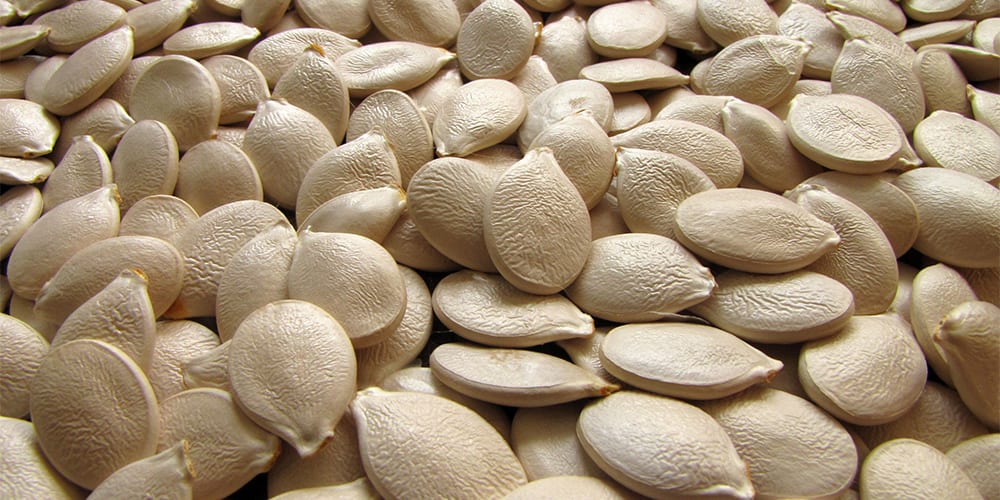
Magnesium: 168 mg | Serving size: 1 oz., dried
Not just high in magnesium, a 158-calorie serving of pumpkin seeds is also a good source of iron, zinc, and copper, and contains more protein than it does carbohydrates.
Brazil nuts
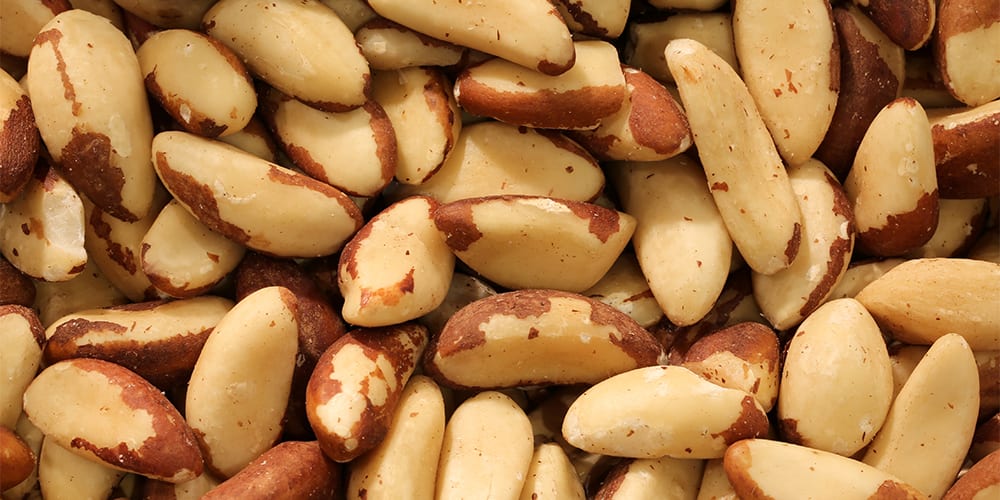
Magnesium: 107 mg | Serving size: 1 oz.
The calorie count for Brazil nuts is 1-8-7, which can be murder for those who are counting. But you get a lot for your indulgence in energy with more than a quarter of your daily value of magnesium, as well as good values of vitamin E, phosphorus, and zinc.
Sesame seeds
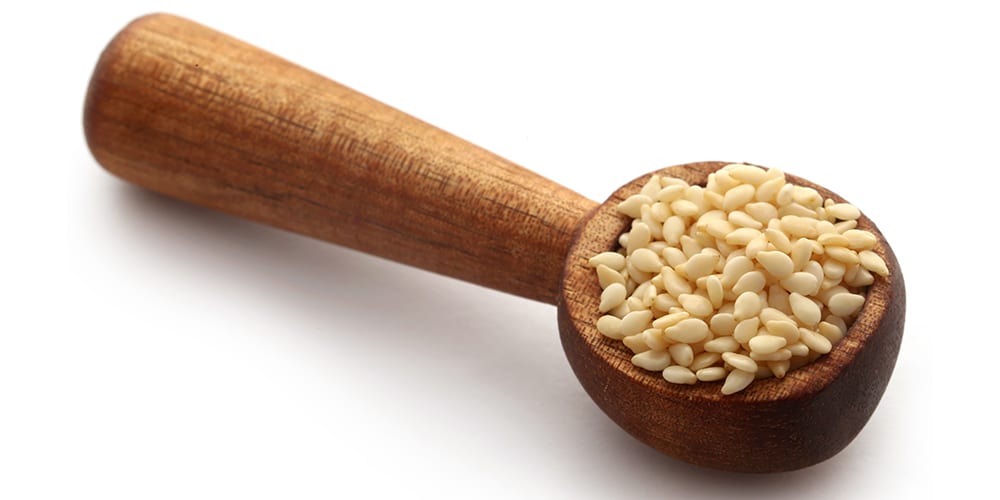
Magnesium: 101 mg | Serving size: 1 oz., roasted
Tossed over a salad (good idea) or consumed across, like, eight Big Mac buns (bad idea), a serving of sesame seeds (160 calories) delivers a quarter of the DV for magnesium.
Cashews
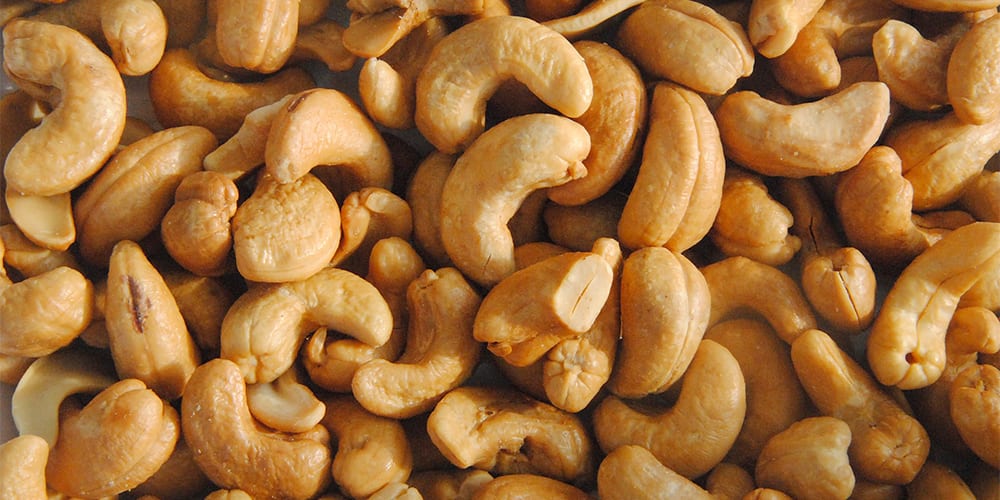
Magnesium: 83 mg | Serving size: 1 oz., raw
A serving of about 18 cashews (157 calories) also boasts healthy fats and protein (5 g), and is a good source of iron and zinc.
Almonds

Magnesium: 77 mg | Serving size: 1 oz.
Clocking in at around 23 nuts, a serving of almonds (about 165 calories) is also a good source of fiber (3.5 g) and protein (6 g).
Spinach

Magnesium: 78 mg | Serving size: ½ cup, cooked
Just 20 calories’ worth of spinach offers an abundance of vitamins, including A and K.
Dark chocolate

Magnesium: 65 mg | Serving size: 1 oz., 70–85 percent cacao solids
Treat yourself! A serving of dark chocolate (about 170 calories) is also a source of flavonoids and fiber (3 g) as well as iron (3 mg).
Black beans
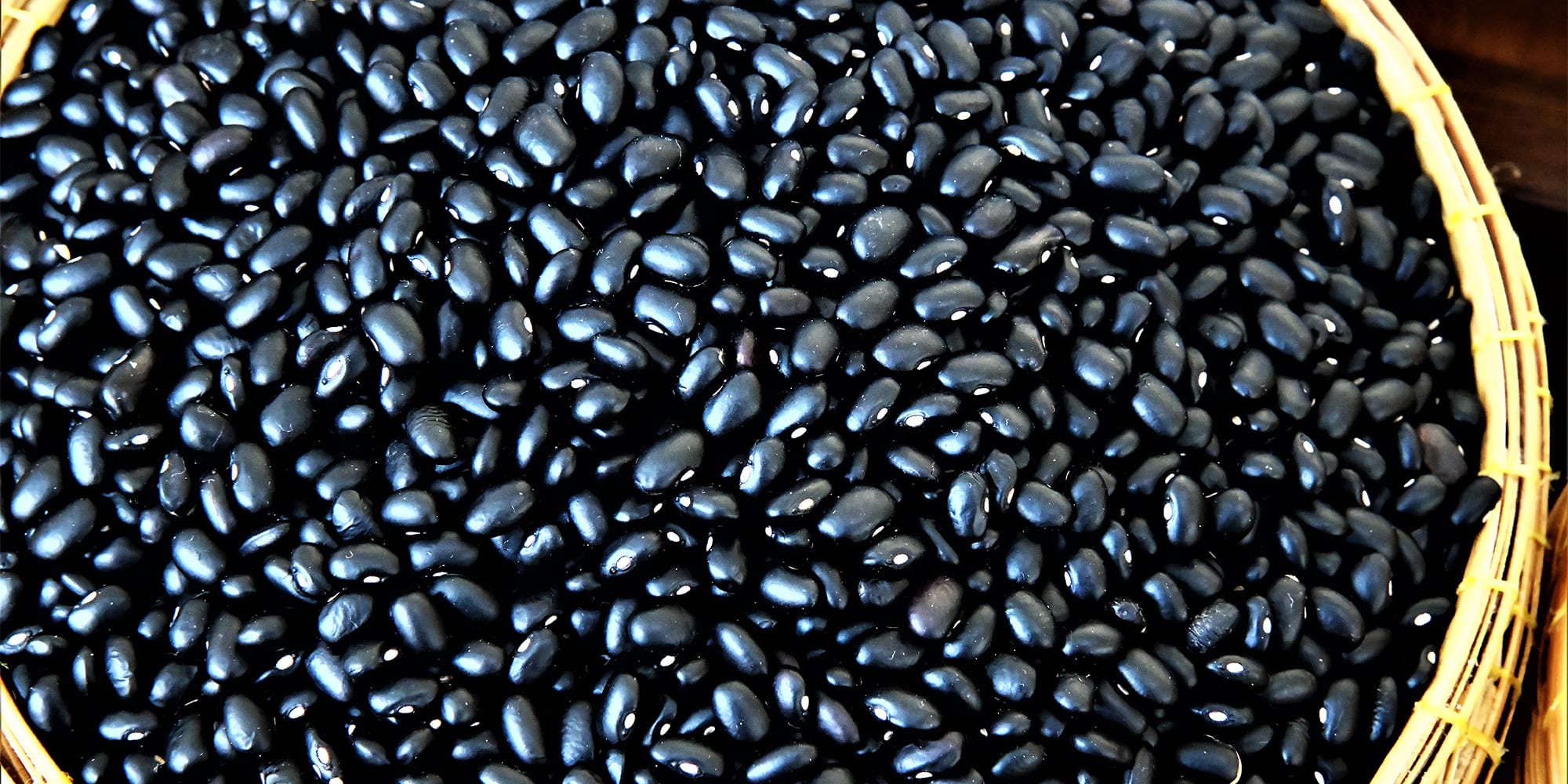
Magnesium: 60 mg | Serving size: ½ cup, cooked
Also known as turtle beans, a serving of this versatile legume (114 calories) is also loaded with fiber (7.5 g) and is a good source of protein (7.5 g).
Peanut butter
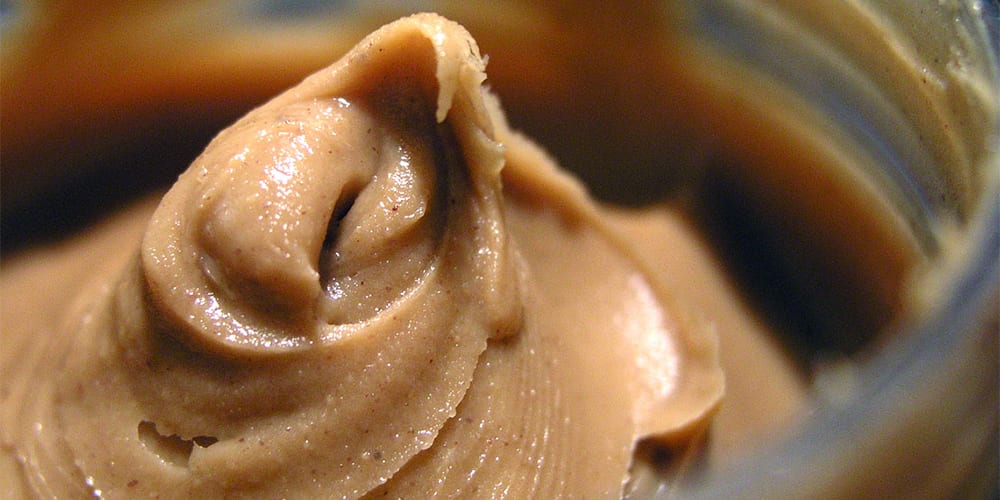
Magnesium: 54 mg | Serving size: 2 Tbsp., smooth-style
A 191-calorie serving of peanut butter is also filled with good fats and protein (7 g).
Tuna
 Magnesium: 54 mg | Serving size: 3 oz., cooked
Magnesium: 54 mg | Serving size: 3 oz., cooked
A 156-calorie tuna fillet is also packed to the rafters with protein (25 g).
Edamame

Magnesium: 50 mg | Serving size: ½ cup
A serving of steamed or boiled soybeans (95 calories) is also a good source of fiber (4 g) and is a complete plant-based source of protein (9 g).
Potato

Magnesium: 52 mg | Serving size: 1 medium sized, baked
You could even go down a size in potato and still have a good source of magnesium, but the medium size offers 5 g of protein and 4 g of fiber.
Peanuts
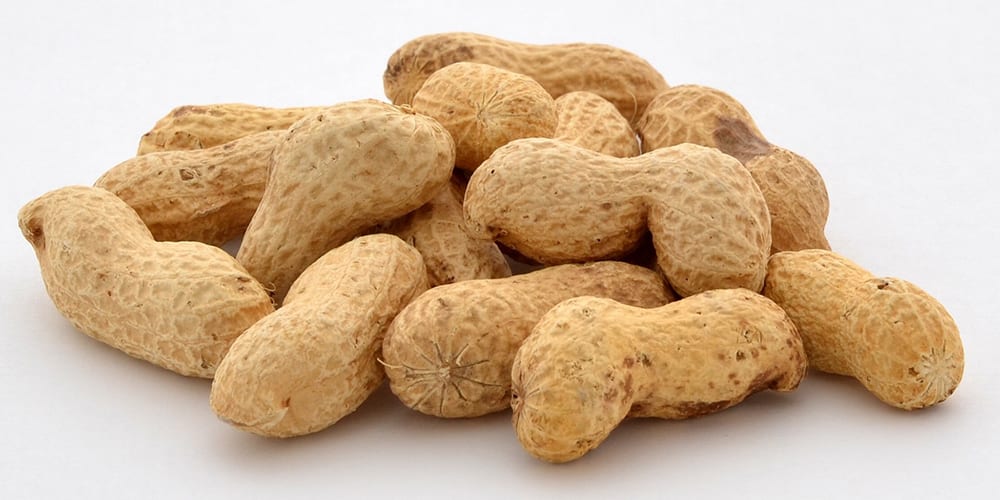
Magnesium: 48 mg | Serving size: 1 oz.
Twenty-eight nuts (technically legumes, food nerds) total 161 calories, and provide fiber (2 g), protein (7 g), folate, and vitamin E.
Brown rice
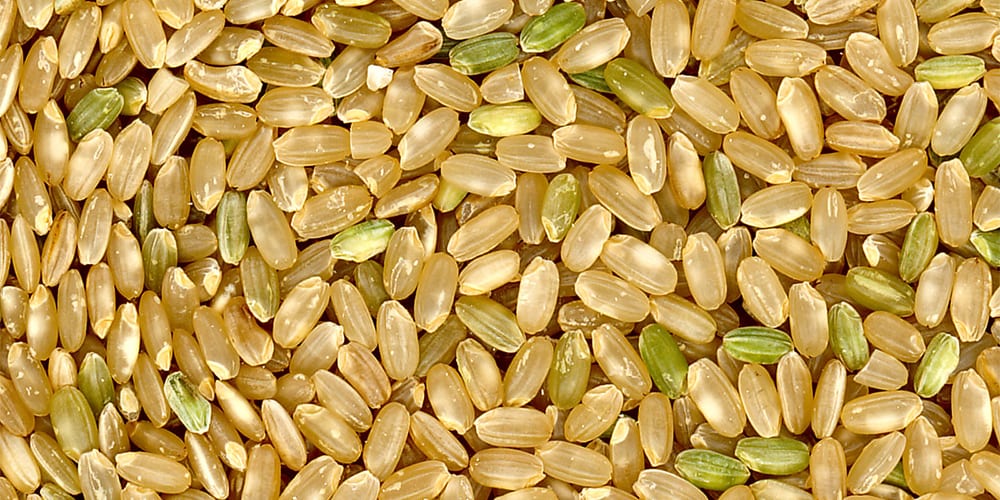
Magnesium: 39 mg | Serving size: ½ cup, cooked
Clocking in at 124 calories, a half cup of cooked brown rice also provides more than a quarter of the daily value of niacin, which, among other functions, is instrumental in turning fuel sources like carbs, protein, and fats into energy for use by the body.
Bananas

Magnesium: 37 mg | Serving size: 1 large fruit
The only fruit to make the list (don’t get a big head, banana), at 121 calories a banana is a good source of potassium and fiber (4 g), as well.
